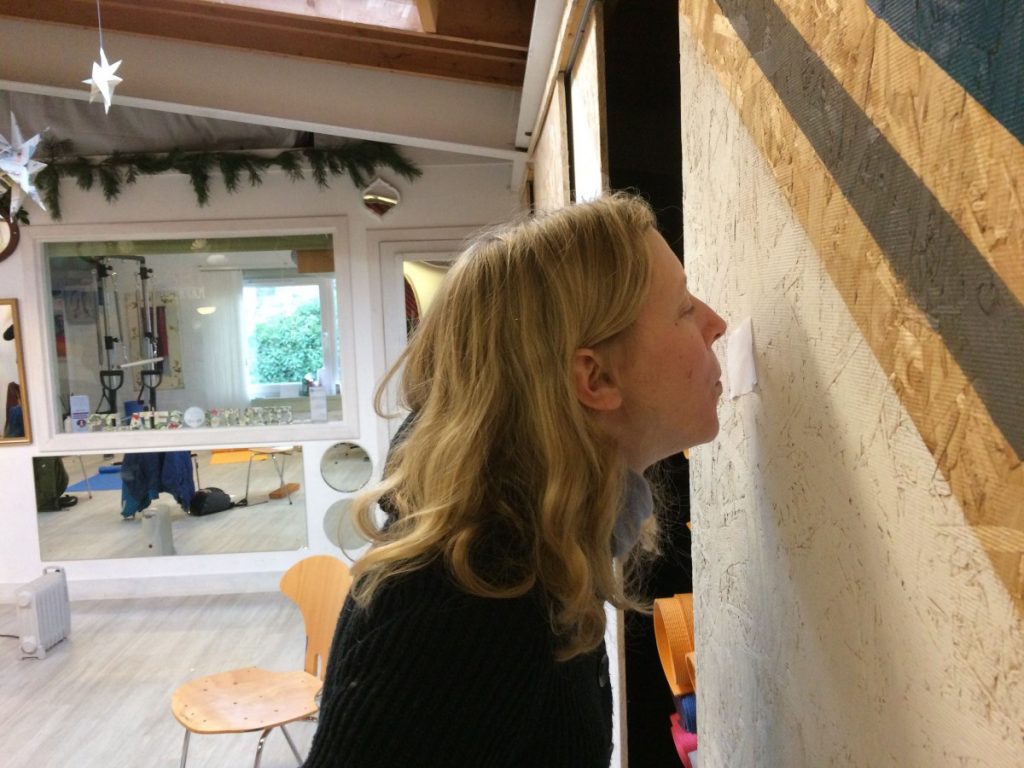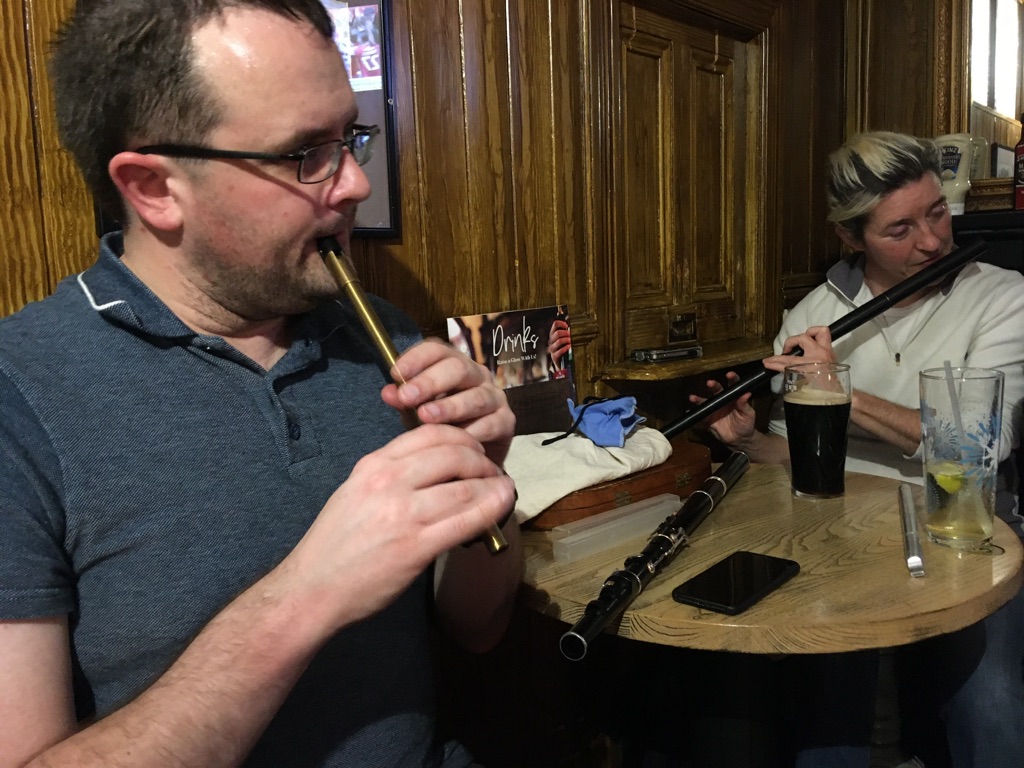
David Flett and Marie-Elaine Maguire at the Friday night session, Aberdeen 2019. (c) Gordon Turnbull
FluteFling NE Tunebook Project: 02 Peter’s Peerie Boat / Da Shaalds of Foula/ Da Brig
This second video of the NE Scotland Session Tunes Project stays with Shetland music with a set of three jigs.
For background to the project of 10 sets of tunes being recorded over 10 weeks, and to see the first video, start here. Alternatively, go straight to the videos on my Youtube channel.
You can download the PDF here: FluteFling Aberdeen 2019 NE Scotland Tunes
Shetland Jigs: Pushing the Boat Out Set
Like the reels covered in the first video, Peter’s Peerie Boat is by fiddler Tom Anderson. “Peerie” means “small”. Wikipedia has a helpful overview of Shetland dialect. Other settings of the tune can be found on The Session, where there is also some related discussion.
The tune is in D and begins with a slightly tricky d-D octave drop that for flutes requires good control of the embouchure and breath. This is less of an issue for whistles and in both cases, adopting the middle d fingering o x x x x x will also help the transition. Ensure the flute is warmed up and responsive.
In the second part of the tune there’s a single low C# that will require a key to play. If you don’t have this, the workaround is to simply play the octave c# above. Although that then loses the effect of successive descending phrases, it still makes musical sense and echoes the octave jumps elsewhere in the tune and in the set.
Da Shaalds of Foula is a traditional tune with a few settings in different keys. The title apparently refers to hidden reefs off the Isle of Foula. The ever helpful Traditional Tune Archive has useful notes on these that show it was first collected from the Island of Yell in 1862 and also links to a 1954 field recording of the tune being played by Yell musicians Peter Scollay (fiddle), Lowrie Scollay (guitar) and Alice Manuell (accordion). The recording is from Scotland’s amazing online archive Tobar an Dualchais/ Kist o’ Riches, which everybody should bookmark. There’s a more Nordic-sounding arrangement on this Youtube recording by Faroese band Spælimenninir.
As for the tune itself, it’s very flute and whistle friendly, swinging along with some scope for simple variation in the second part. Again, octave drops feature, this time at the end to help lead into the first part again.
Da Brig is in D, this was apparently written by Friedemann Stickel from Unst, who is associated with several Shetland tunes.
On The Session, that great font of knowledge and teaching Nigel Gatherer (check out his website):
Friedemann von Stickel was a German fiddler who was shipwrecked on Unst in Shetland in the 1770s (or his shipmates got fed up of his fiddling and tossed him overboard…); he ended up staying and marrying a Yell woman. His son was also called Friedemann and became a respected fiddler, composing a number of tunes. One evening he observed a brigantine sail past and was inspired to write “Da Brig”.
Watch out for the jump after the opening phrases and in B part, avoid confusing it with the B part of Peter’s Peerie Boat. Once you’re past the opening bars it becomes clearer. Let’s say, you’re in open water.
Ten weeks of videos
Over a 10 week or so period, I am recording and uploading to YouTube a set of tunes from the PDF roughly once a week. The aim is to introduce the tunes, point out some techniques along the way and then play them as a set as I might play them in a session.
As I go along, I’ll take in suggestions to improve the sound and presentation and get back into the way of teaching again. There is an in-built slow down function in YouTube and the PDF is available to everyone, so why not join me on the journey?

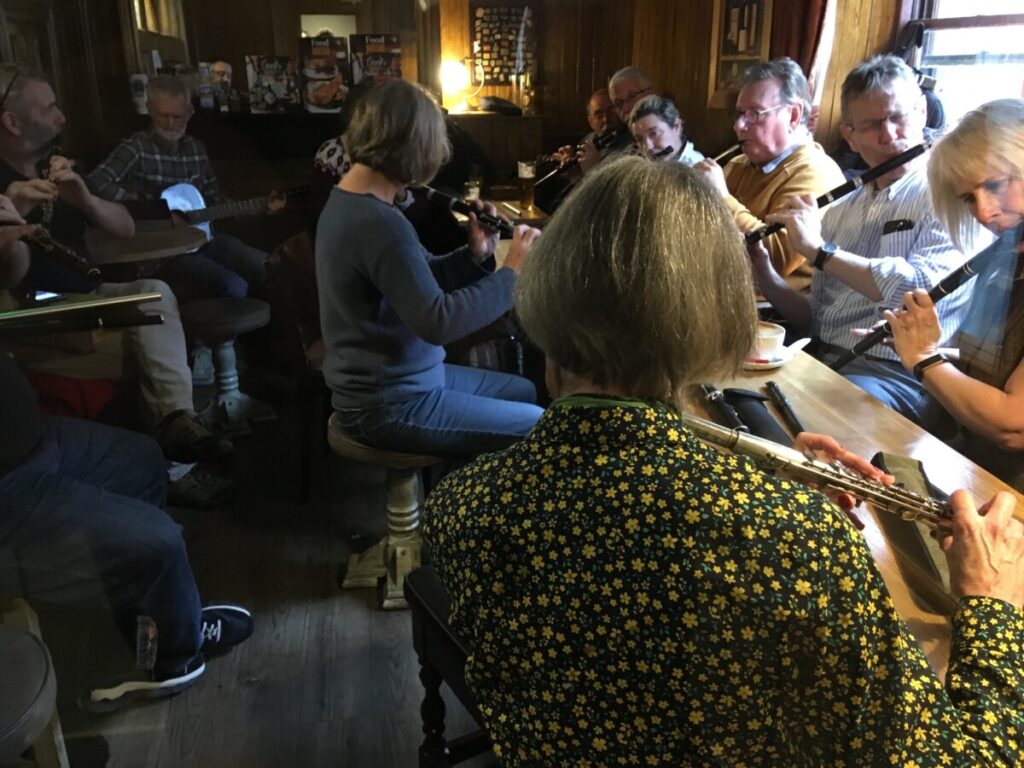
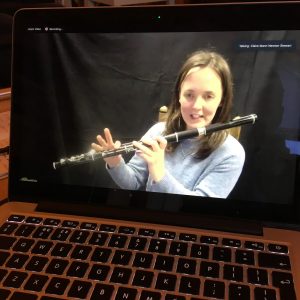
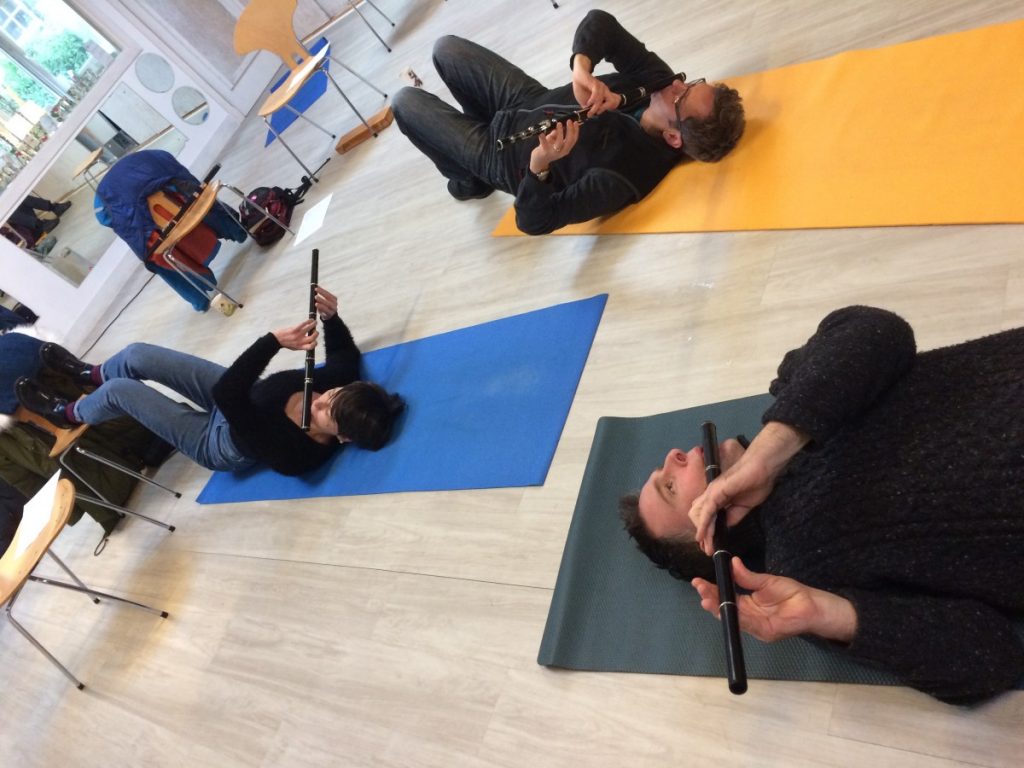
 We included a refinement that brought us closer to the
We included a refinement that brought us closer to the 